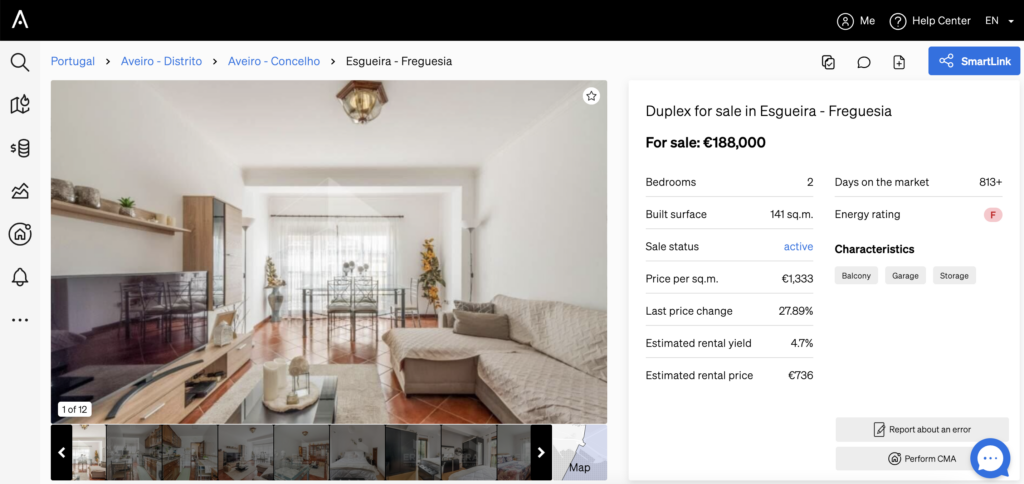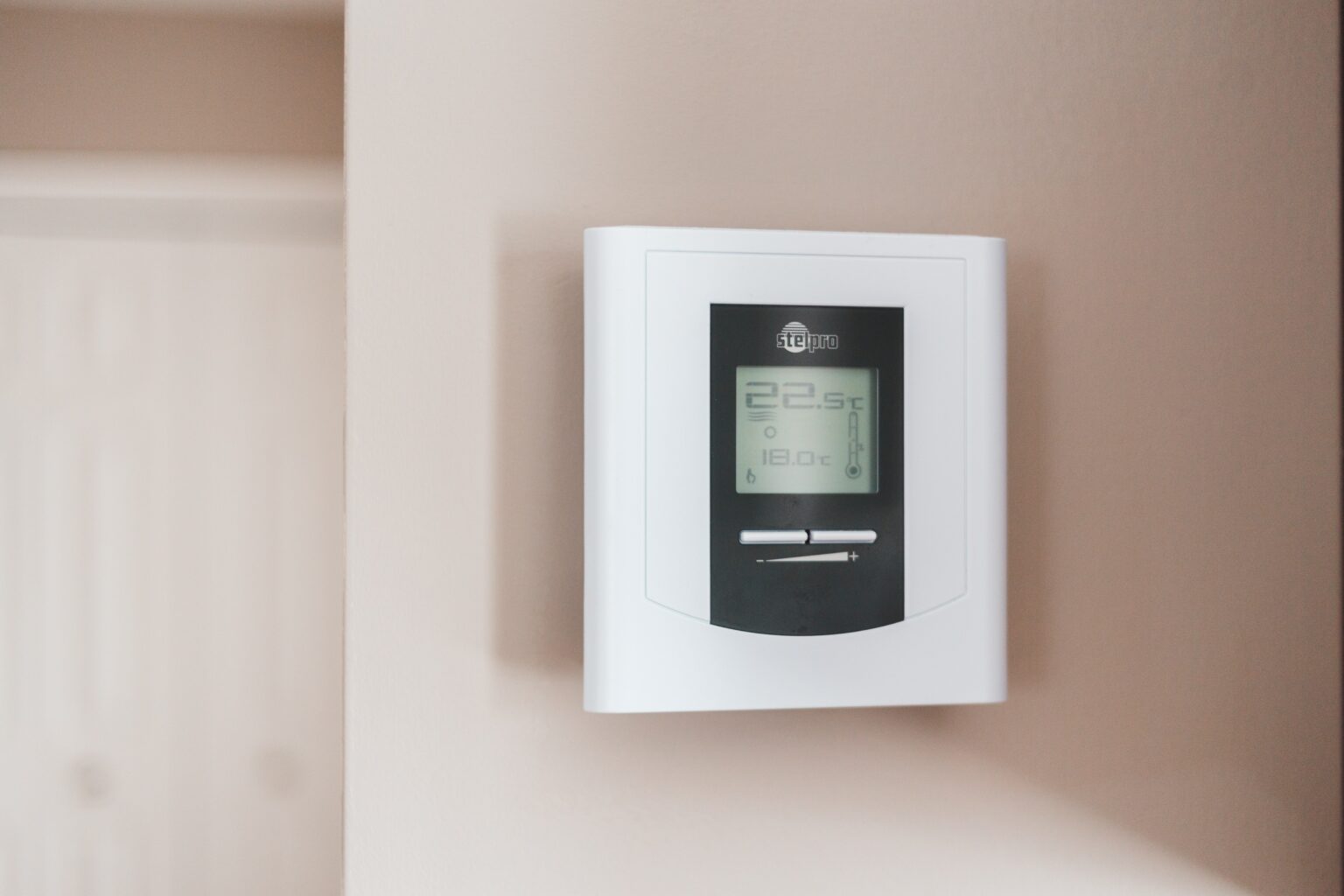Since June 2013, the legislation in Europe requires a valid Energy Performance Certificate in order to sell or rent a property, so your clients will definitely need one. But is it a good idea to invest money in improving the property to get a better rating on your EPC? How much does it affect the way your property is perceived? Find out all about it in the article!
What is an energy performance certificate?
An Energy Certificate is a report that lets you know characteristics of a property related to energy efficiency. It rates properties using letters from A to G, being A zero-emission buildings and G the 15% worst performing ones in each country. The remaining buildings are distributed proportionately among B and F.
Basically, the Energy Performance Certificate shows:
- The level of energy required by a property (how efficient it is energy-wise)
- Average energy costs
- Ways to reduce energy consumption
- How to improve the property for a better performance
It can talk about lighting or heating systems, thermal insulation, appliances and more improvements that can be done to the property, all in a very understandable way.
For the buyer, a high-rated property means thermal comfort, lower energy bills and a more sustainable life.
For Europe as a whole, this system meant a simple way of classifying buildings that is adaptable to each country’s reality and that allows individual buyers and investors to speak the same language across borders. The EPC also supplies governments with information about their building stock, so they can develop measures to make sure countries become more energy-efficient.
How long is an energy performance certificate valid for?
Every energy certificate lasts 10 years and will need to be updated if the property is put on the market again.
How to get an energy performance certificate
In order to get an energy certificate, your client will need to contact a qualified technician and get them to visit the place to measure the energy consumption and check on the electric installation to create a report.
Why is having an energy certificate important for renting or selling a property?
After understanding the costs and processes to get an energy performance certificate for a property, it’s time to understand whether your clients should go for it or not, right? Let’s see what makes this documentation so relevant.
A high temperature range during the year
Most European countries deal with low temperatures during the winter months, reaching 0ºC or even negative temperatures. Meanwhile, in summer time, the same territories face days with temperatures rising up to 30ºC or more.
This wide range of thermal sensations throughout the year might cause great discomfort to a tenant or buyer if the property is not adequately protected against the weather. So, making changes to your property and granting a good rating may be exactly what makes a difference to encourage potential buyers.
Climate change and energy prices
Climate change has become a pressing matter, something that is already affecting the daily routine of populations across the globe every year. With even more severe winters and summers, it’s only natural that buyers are increasingly looking for properties that can protect them from extreme thermal sensations.
Another point to this matter is that a climate crisis also affects the access to energy, raising its price and bringing energy poverty to countries. Upgrading a property to be more energy efficient and getting an energy certificate that proves so may help your client sell the place faster, since it reduces the buyers’ vulnerability to energy price variations.
Facing the new competition
The EU has been changing its energy and climate legislation to reduce CO2 emissions by 55%. This is one of the many steps to accomplishing their sustainability goals for 2030, keeping in pace with the Paris Climate Agreement and with the 2050 carbon-neutrality goal.
And do you know which is the largest energy consumer in the EU and one of the largest carbon dioxide producers? Buildings! Construction, usage, renovation and demolition of build areas add up to 40% of all energy consumption in Europe and 36% of greenhouse gas emissions.
So, it’s inevitable that this kind of subject reached the housing sector. According to the EU Climate Target Plan, the direct emissions of the buildings sector will have to decrease by about 80-89% until 2040.
More than that, the EU Minimum Energy Performance Standards established that residential buildings should be renovated from G to at least F by 2030 and to at least E by 2033. As for public and non-residential buildings, they will have to be renovated and improved to at least energy performance level F at the latest by 2027, and to at least level E by 2030. Yes, you’re right: these deadlines are right around the corner.
As for new buildings, in order to follow governmental laws and to make sure companies are on par with the European ESG standards, many are already being built thinking about saving energy. Some of them are actually nearly zero-energy buildings.
Ok, but what does this mean for my client, you might ask. This means that your client’s property will compete against energy efficient houses and apartments and, if they don’t get an upgrade in that sense, they probably will lose potential buyers. This is the time to benefit from governmental renovation incentives and then get your energy certificate.
An added value for older buildings
Europe is not known as the Old Continent for nothing: its centuries-old buildings are a major part of the architecture that make each country so unique. But, the tradition comes with a cost, of course: outdated construction techniques in need of repairs and upgrades.
So, when a potential buyer sees an older building, full of history and tradition, that’s ready to comfortably house their family, it’s hard not to seal a deal. But, the opposite is also true: if the property is not prepared to be energy and thermally efficient, it can even become a reason not to buy the place, since making adjustments may not only be expensive, but also time consuming.
This is how having an energy performance certificate can become an added value to your property: by upgrading the place and getting a certificate that proves it, you offer potential buyers the charm of the old world along with the comfort of a new place.
Finally, assure your client that not all energy-efficient improvements require high investments or big renovations: some of them can actually be easily done and very cost-effective. They can always start with what can be done immediately and advance to bigger changes when they understand how much added value a good energy certificate brings to the property.
How to check the Energy Certificate of a property
To check the energy efficiency rating of a house, real estate professionals simply need to go to its Property Page inside CASAFARI. Beside the photos, you can find the energy rating, along with all other structural information about that asset.
If the property doesn’t have a valid energy certificate, this information will be omitted.

Now that you know how relevant is the Energy Performance Certificate for the properties of your clients, waste no time and go check in CASAFARI if the energy rating of their house is something that can be used in its favour!
Photo by Erik Mclean on Unsplash






